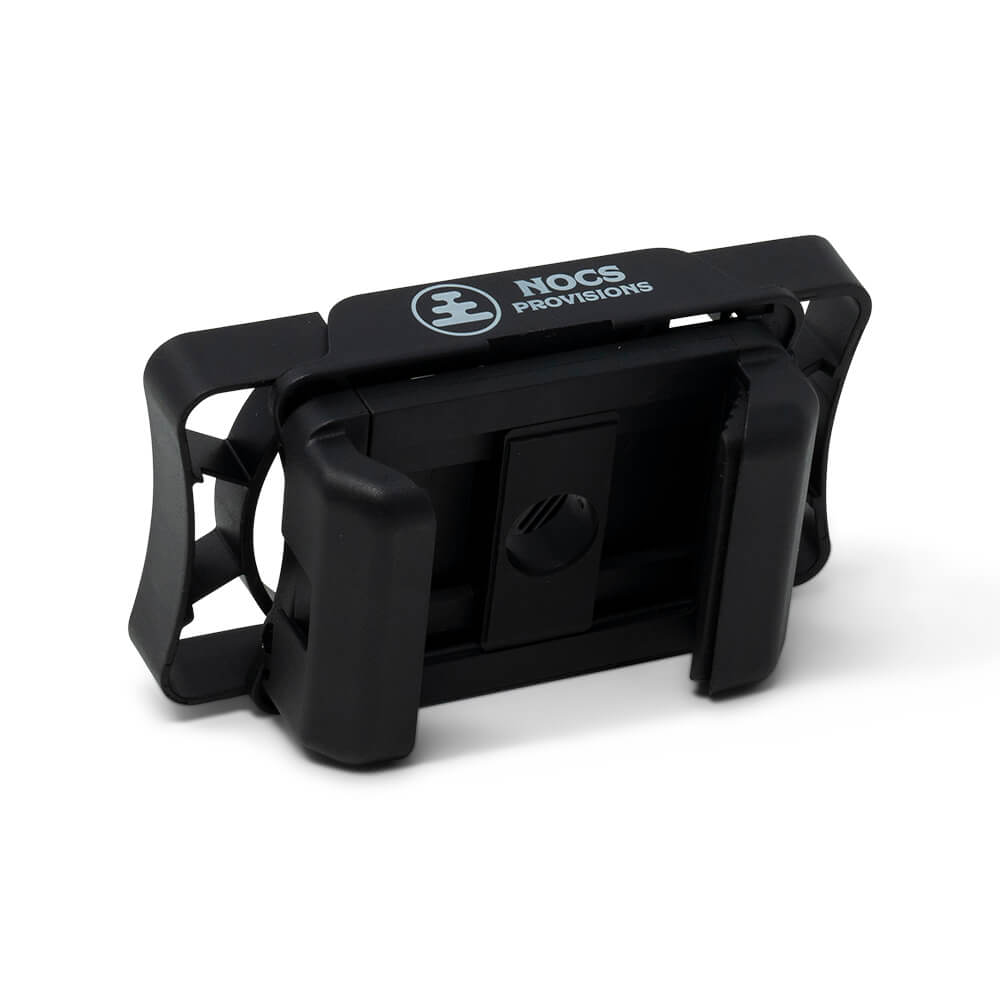Penguins are one of the most admired birds, and it’s easy to see why. The tuxedo-wearing, stubby-winged waddlers are equally cute as they are impressive. And… there are 18 different types of penguins to adore! Each with its own unique features, habitat, and behaviors.
But for now, we’re going to highlight the largest of all the penguins — the emperor. It’s 1 of just 2 penguins brave enough (and adapted) to bare some of Earth’s harshest conditions. Sure, Antarctica is not the coziest location to call home, but emperor penguins have just what it takes to thrive there.

Brain Food — Emperor Penguin Facts at a Glance
They’re protected under the Endangered Species Act. Today, there are less than 600,000 emperor penguins remaining on our planet. Their population has dwindled, due to a number of reasons. The main causes being: climate change, a reduction in food supply, and industrial-scale fishing.
Emperor penguins don’t mate for life. I know, I know — this is some reality-shattering news. That said, emperor penguins are serial monogamists. Each breeding season, they find a mate to whom they’re faithful. But come next year’s season, they almost always opt for a new mate.
They are Earth’s deepest diving bird. Even the other penguin species are unable to reach the depths attained by the great emperor. The deepest recorded dive was 1,850 ft, or just over ⅓ of a mile.

Features
Stretching to over 3 feet tall, emperors are the tallest and heaviest extant penguin. Although male and female emperor penguins are almost identical, males tend to be a tad larger. Their weight fluctuates with the season but falls in the range of 50-100 lbs.
Besides the obvious size difference, a few additional features tell emperors apart from other penguins. For one, they have pale yellow coloration around their collar, which fades into their underbelly. This is distinctly different from the blazing, golden markings of the king penguin. Plus, they have proportionately shorter beaks and flippers — an adaptation that minimizes surface area to reduce heat loss.
This is only 1 of many incredible adaptations, though. Emperor penguins have a long list of fine-tuned features that get them through Antarctica’s brutal conditions:
Air-trapping muscles — there are tiny muscles at the base of emperor penguins’ rear feathers that trap pockets of air. While deep diving, the air compresses. As they reach the surface, it expands, allowing them to eject from the water.
Extra flippers — there’s no need to fly when you forage underwater! Emperor penguins (and all other penguins) are flightless, so their “wings” are small and stiff and serve as flippers.
Increased hemoglobin — hemoglobin is what carries oxygen through your bloodstream and to your respiratory system. Emperor penguins are divers, and the higher hemoglobin allows them to remain underwater for extended amounts of time.
Solid bones — instead of holding pockets of air, emperor penguin bones are solid. While diving, this unique bone structure helps prevent barotrauma (injury from too much underwater pressure).
Ability to shut down — emperor penguins can slow their metabolisms significantly while shutting down non-vital organ functions. Their heartbeats reduce by about 15% (to about 15-20 beats per minute). This allows them to conserve oxygen while diving.
Fat reserves — with thick fat reserves, the emperor penguin is able to survive some of the frostiest temperatures.
Thermoregulation — emperor penguins can maintain their internal temps without it affecting their metabolism. The penguins’ outer surfaces (everything besides eyes and beaks) remain colder than their surrounding Antarctic temperatures. This creates a convection effect that draws in tiny amounts of warmth from the surrounding air.
Waterproofing and double the feathers — to protect them from their rigid surroundings, emperor penguins have contoured feathers that prevent liquid penetration. Underneath is a thick layer of down that helps the bird retain warmth.

Habitat
You’ll almost always find emperor penguin colonies between the 66º and 77º south latitudes of Antarctica. Here, the conditions get quite harsh. At times, emperor penguins face blizzarding temperatures of -58 Fahrenheit with 124 mph winds. The skilled diver often navigates through water temps that are near freezing.
Even during the milder summer months, when the sun never sets, the emperor penguin’s habitat remains frozen. The dry and ice-covered landscape is actually referred to as a “frozen desert”.
In addition to the unforgiving conditions, emperor penguins have predators that threaten their survival. Young chicks are most vulnerable to the local predatory birds, including giant petrels and south polar skua. Adult emperors are most frequently hunted by seals and orcas.
Diet
When emperor penguins are the ones doing the hunting, it’s a spectacular event. They forage both solo and cooperatively. Their ability to stay submerged for up to 27 minutes and at depths up to about ⅓ of a mile means prey doesn’t stand a chance.
Emperor penguins sometimes forage on the seafloor — or, they’ll simply capture and swallow prey whole as they torpedo through the water. They have prickly tongues and powerful jaws that secure their grasp on squirmy prey.
Most of their diet comprises Antarctic silverfish, which are plentiful in these waters. However, they also sometimes munch on the occasional cephalopod or crustacean.
Emperor penguins eat around 4-7 lbs of food each day, but when it’s time to build a fat reserve or feed chicks, they can eat twice that amount.

Behavior
Community is vital for emperor penguins to survive in their frozen habitat. They are very social birds, living amongst groups of 5,000 or more. These massive communities can even be spotted by space satellites — however, the satellites don’t exactly see the actual penguins…
Penguin colonies are actually located by the brownish stains left in the ice around them. The amounts of penguin poop (or guano) are so high due to the number of penguins in each colony, that it can be observed from outer space.
That said, when times get tough, they have strength in numbers. Emperor penguins practice “turtle formation”, which is a massive, group huddling that helps preserve warmth. The entire group containing thousands of penguins comes together, pushing the juveniles toward the center.
Emperors are particularly playful and can be seen performing aquatic acrobatics along with other individuals. They communicate via a complex set of calls. With the ability to use both sides of their syrinx at the same time, the sound produced resembles two “voices”.
While traveling through water, emperor penguins leap from the water every so often, in a motion called “porpoising”. This allows them to take in some oxygen, check out their surroundings, and dodge predators.
On the other hand, emperor penguins know when to take it easy. If their journey between destinations gets too lengthy, they plop on their bellies and toboggan across the slippery ice. They also sleep an average total of about 10 hours per day — though, it’s split between 4 to 7.5-minute increments.
Since all of the bird’s enemies are water-dwelling, they feel most comfortable on land. Even when researchers or tourists approach, they won’t shy away, and may even seem friendly.

Breeding and Parenting
Emperor penguins are the only species to mate during winter in Antarctica. After traveling up to 75 miles through the below-freezing temps, they meet up in breeding colonies where a mate is selected.
A combination of head-swinging, flipper-raising, and strutting is demonstrated by the male to entice his lady. If it’s received well, they synchronize body movements — as if they’re creating a mirror image of one another.
Breeding, incubation, and raising their young takes place primarily on “fast ice”, which are floating ice shelves connected to land. After the female lays her single egg, the male then incubates it while she returns to the water to forage for over 2 months.
Penguins are normally nesters, but emperors have a special way of incubating their eggs. The male creates a warm pocket between the top of his feet and his belly, where he holds the egg for 2-2.5 months. This keeps the egg propped off of the ice and protected from the cold.
During this time, the male does not eat. He may not eat for up to 4 months, losing up to half of his body weight. But when mom returns, she brings food for the young and alternates raising the chicks so dad gets a chance to feed again. After foraging sessions, each parent returns with regurgitated goodness for their young.
The cycle continues the very next year — and in 85% of cases, with a new mate. A wild emperor penguin’s lifespan is generally between 15 and 20 years.



